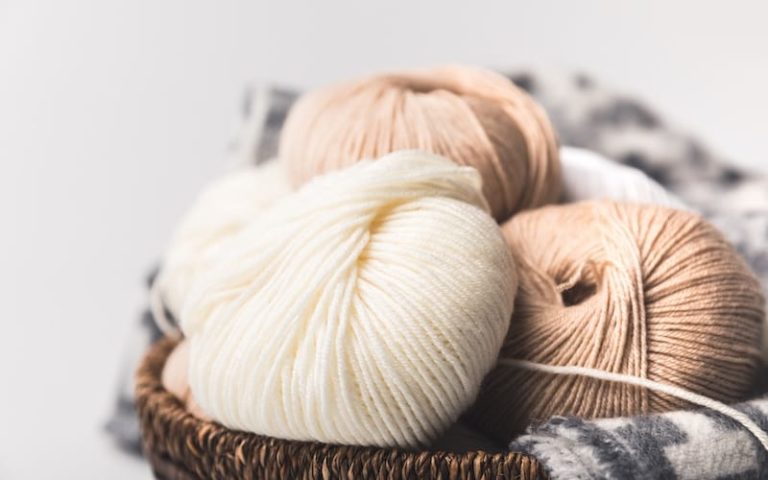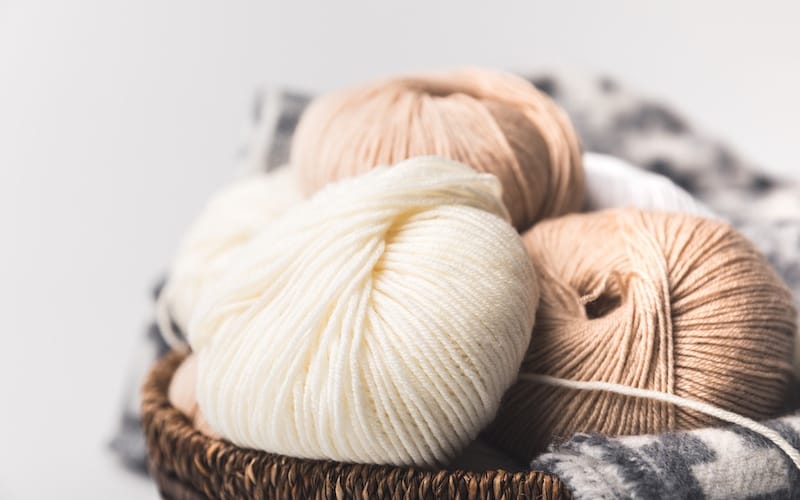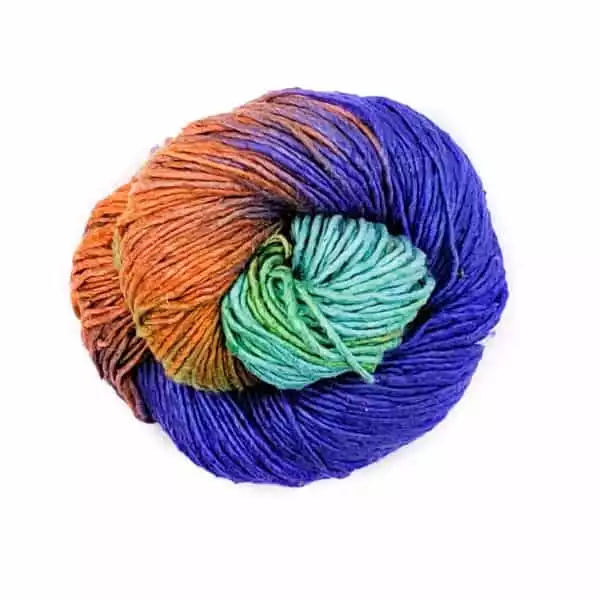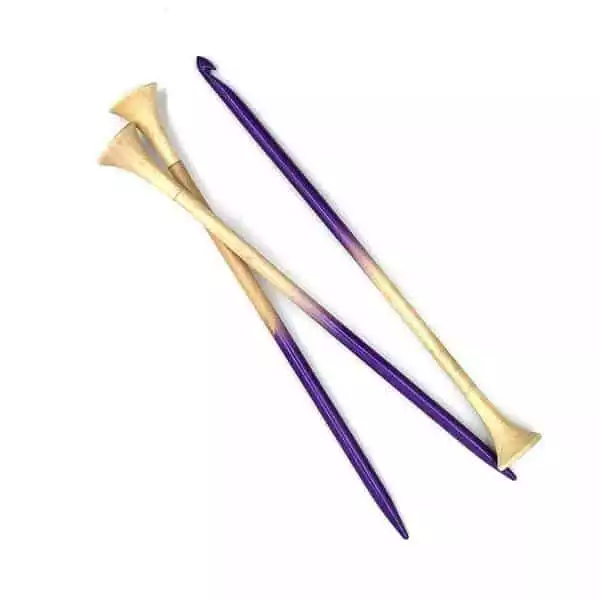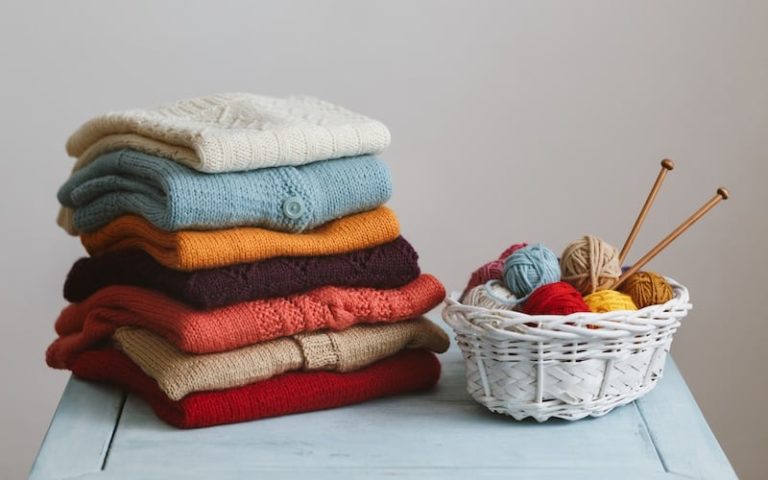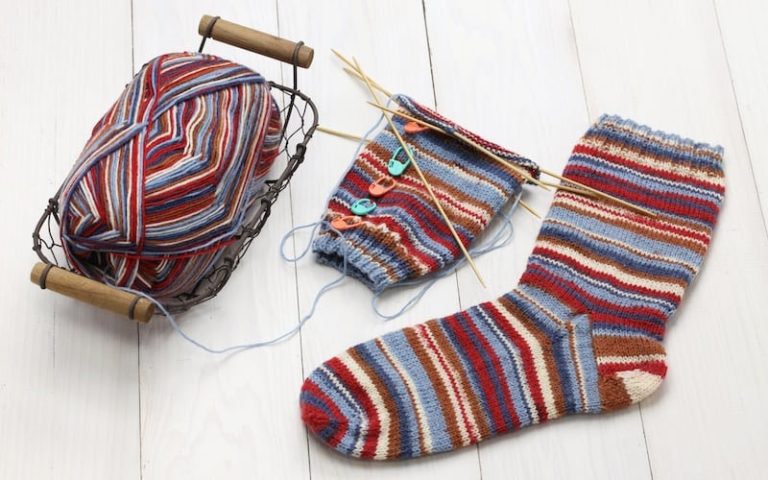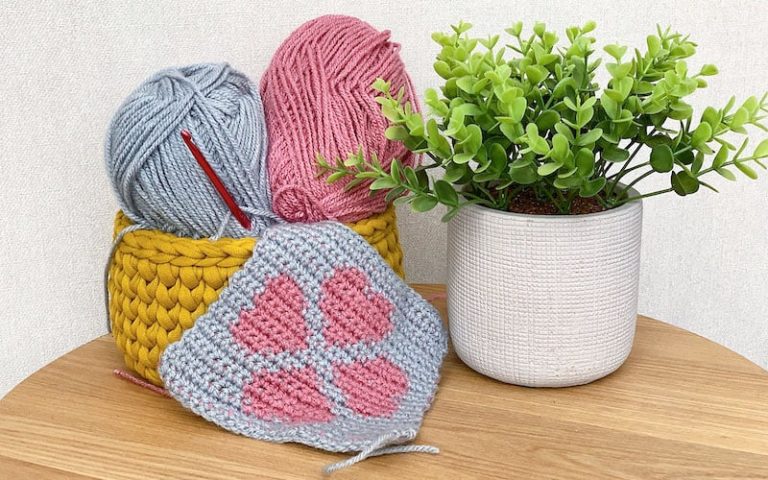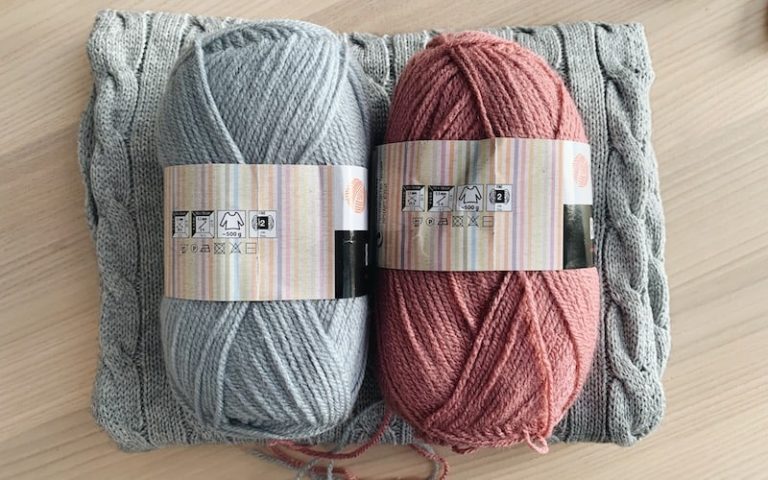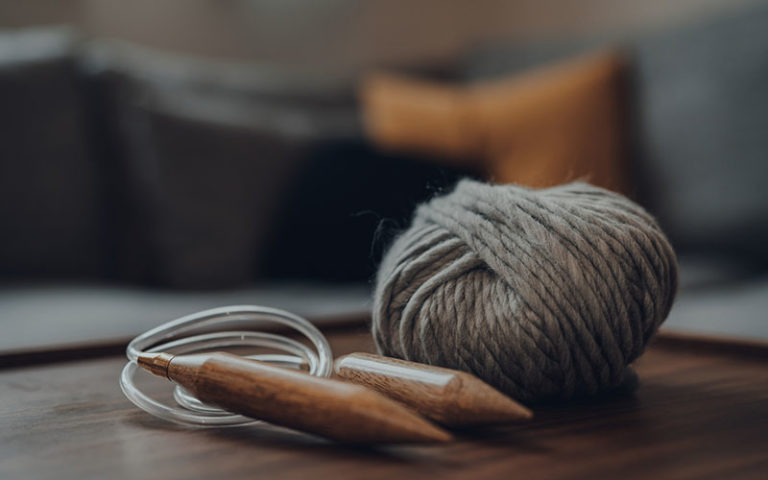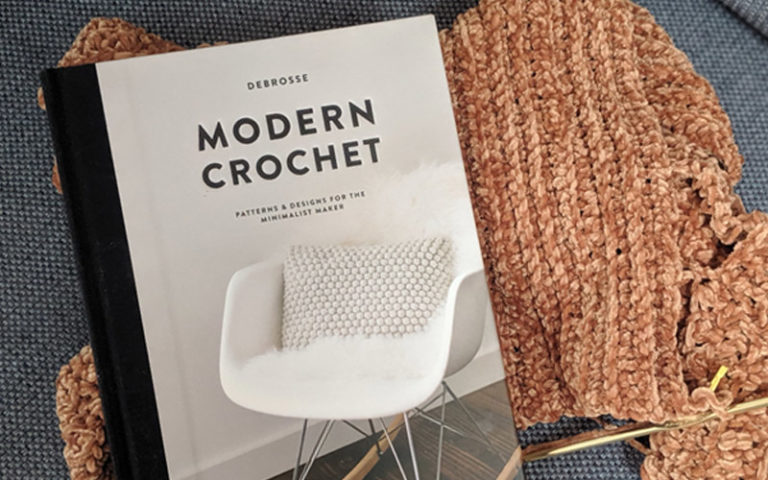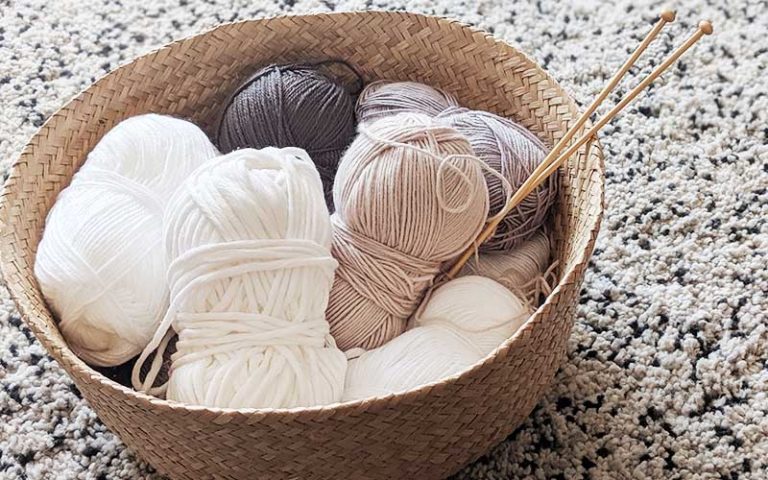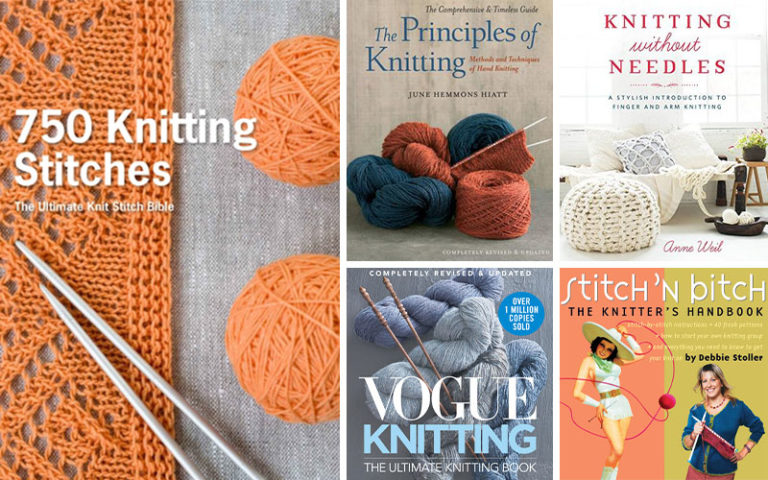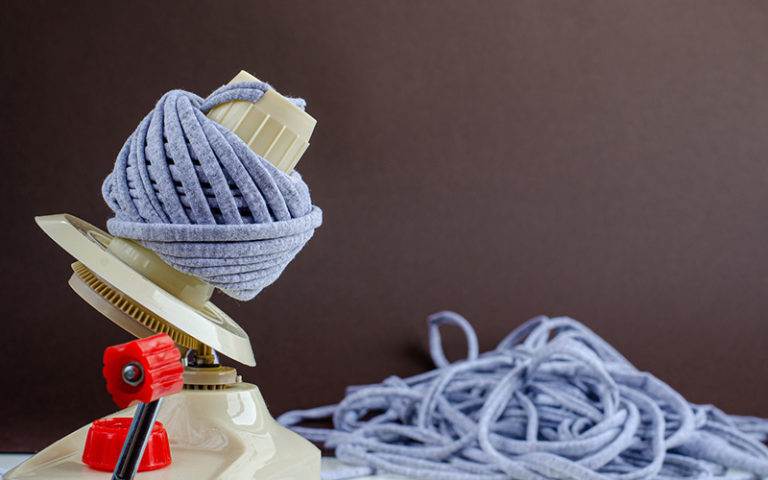Any novice knitter has probably wondered, “what is worsted weight yarn?” This is a term you frequently see on yarn labels and knitting patterns. Understanding worsted weight is essential to choosing the right yarn for your projects and achieving the perfect result.
What exactly is worsted weight yarn?
Worsted weight yarn is a commonly-used yarn weight category. Yarn comes in a large variety of weights and thicknesses, ranging from very light lace-weight yarn to super bulky yarn.
Worsted weight yarn is medium weight, putting it in the middle of the scale. It is sometimes also known as “Afghan” or “Aran” weight.
This is a versatile weight yarn that can be used for a wide variety of projects, including some of the items you are most likely to knit. It is the most popular weight for knitting and crochet.
Darn Good Yarn has an amazing selection of worsted weight yarns with plenty of colors to chose from.
As well as being a term used to describe a weight category of yarn, worsted is also a type of yarn. The weight category was originally named after this type of yarn as it was the perfect example of that particular weight.
Worsted is a high-quality yarn that is named after the small English village of Worstead. This village in the county of Norfolk has a history of manufacturing that stretches back to the 12th century.
In the 1100s, new breeds of sheep were introduced to England that produced longer wool. At the same time, a number of Flemish textile weavers migrated to England and many settled in the Norfolk area.
Worstead became a center for weaving, producing a novel type of cloth using the new, longer wool that was now available. This cloth, and the yarn that was used to weave it became famously known as worsted.
How to know if yarn is worsted weight
The Craft Yarn Council’s standardized yarn weight system is the official word on yarn weights. The system is widely recognized and used by the majority of manufacturers, designers and publishers in the industry.
This means that no matter the brand of yarn you buy, you’ll be able to assess whether the yarn is the right weight for your project.
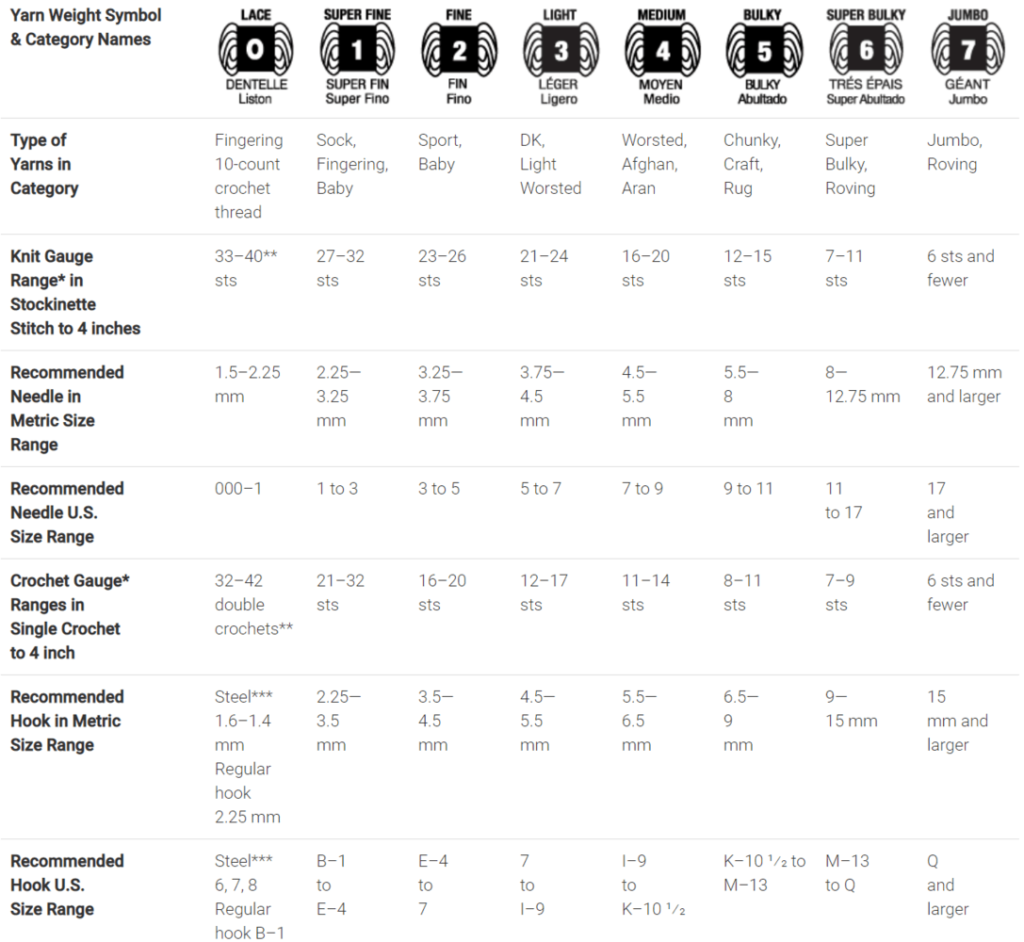
Each weight on the scale is assigned a number from zero to six, with zero being the lightest weight and six being the heaviest. In the UK and Europe, it is more common to refer to yarn weight using these numbers, while in North America we tend to use the name of the yarn weight, such as worsted weight yarn.
According to the system, worsted weight yarn is classified as “medium” weight, or number four, and is within the knit gauge range of 16 to 20 sts. This means that you will have around 16 to 20 stitches within every four inches of knitting.
It should be noted that in this context, “weight” refers to the thickness of the yarn, not how much the yarn weighs in grams or ounces. This type of weight or thickness is common in knitting terminology and you’ll see it mentioned frequently in knitting patterns and designs.
When looking for this kind of yarn you should look out for a product that is either called worsted weight or number four yarn. If you do not have this information, you can check the knitting gauge and compare this to the Craft Yarn Council chart: if this shows between 16 and 20 stitches per four inches of knitting, the yarn is worsted weight.
You can also use the WPI (wraps per inch) method to check the weight of your yarn. This is particularly useful if you have some old yarn lying around that has lost its label.
To measure yarn in WPI:
- Wrap the yarn around a pencil so that the yarn strands are snug together with no gaps in between but not overlapping.
- Hold the pencil against a ruler and count the number of yarn strands there are within one inch.
- If your yarn has between 9 and 11 wraps per inch, it is worsted weight. More wraps in one inch indicate a lighter weight and fewer wraps per inch mean you have bulkier weight yarn.
What is worsted weight yarn suitable for?
This medium-weight yarn is very versatile and suitable for a wide variety of projects.
Worsted weight yarn is ideal for knitting sweaters, hats, scarves, and mittens. You may also choose worsted weight yarn for projects like blankets, accessories, and home décor items.
Along with being popular with knitters, worsted weight is also commonly used by weavers, textile artists and crafters.
You can also create different tensions for various purposes and effects depending on the needle size you use. We’ll discuss this more in the next section.
For this reason, versatile worsted weight yarn is often considered an all-purpose yarn. If you’re not sure what weight yarn you should be using, you can usually pick worsted weight and you’ll be ok!
What needles should you use with this type of yarn
Generally speaking, worsted weight yarn is best used with size seven to size nine needles (4.5mm to 5.5mm needles). This is the needle size that the Craft Yarn Council recommends you use for worsted weight yarn and this will produce a firm and pliable knit that is neither tight nor loose.
This bundle includes one pair of 5mm wooden knitting needles and one 5mm crochet hook.
If you use thicker needles, you’ll find that this will produce a much looser result. This may be what you’re looking for, however. For example, you can use 9 to 11 size needle (6.0 mm to 8.0 mm) with worsted weight yarn to produce an open lacework effect.
Equally, for projects requiring tighter tension such as dish towels or potholders, you should use a smaller needle. A three to five size needle (3.25 mm to 4.0 mm) needle with worsted weight yarn will produce a stiff and sturdy knit.
Of course, these are general guidelines and every yarn is different. It is best to look at the label and see if they provide a recommended needle size. This recommended size will produce the ideal standard-tension knit for that particular yarn. You can produce looser tension by going up a needle size or two, and doing the reverse for tighter tension.
It should also be noted that ply will affect the result you produce. Just like all types of yarn, worsted weight yarn comes in different plies, from one-ply to eight-plies.
Extra plies reinforce the yarn and make it stronger. The more plies the yarn has, the less likely it is to break. On the other hand, single-ply yarn produces a softer effect.
This makes three-ply or four-ply yarn better for sturdy items that will get a lot of wear, and single-ply yarn ideal for delicate items.
Wrapping it up
Knowing how to choose the right weight yarn for your project is critically important. If you choose the wrong weight yarn, it will be literally impossible to achieve the results you’re looking for.
It is therefore essential that you understand what worsted weight yarn is, and who you can determine yarn weight to make sure you are working with the best yarn for the result you want.
Please share this article with anyone who’ll benefit from knowing how to choose the right yarn for their projects!

